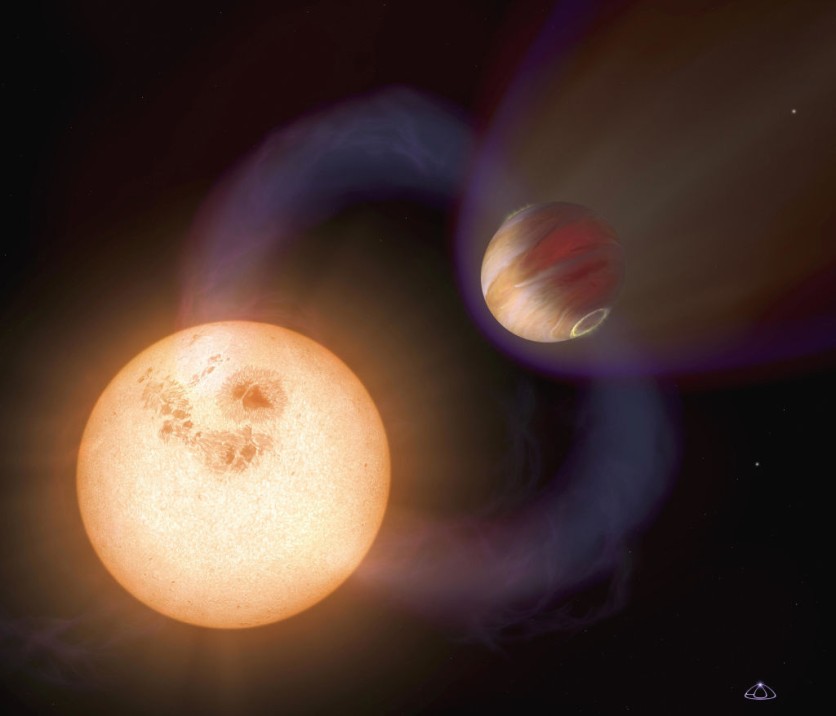Astronomers from the Max Planck Institute for Astronomy (MPIA) have discovered an Earth-mass exoplanet in the habitable zone of the red dwarf star Wolf 1069, according to the institute's press release on Friday, Feb. 3.
The team is hopeful that this planet, designated Wolf 1069 b, may offer stable habitable conditions for a significant portion of its dayside even though its orbit is likely to be tidally locked to its path around the parent star.
However, the team found that there was no presence of stellar activity or intense UV radiation in the exoplanet. Hence, this could increase the likelihood that Wolf 1069 b has retained its atmosphere, making it a promising target for habitability markers.

Circumstellar Habitable Zone
It is worth noting that 1.5% of the more than 5000 exoplanets found so far have masses less than two Earth masses.
There are only a few hundred of them in the so-called circumstellar habitable zone as well, which is the area around a star where water can remain liquid on a planet's surface.
Examining low-mass stars for signs of circling planets is one approach to increase the likelihood of finding potentially habitable exoplanets. And this is what MPIA scientist Diana Kossakowski and her team did to find Wolf 1069 b.
This study used the Calar Alto Observatory in Spain with assistance from the MPIA in Heidelberg, Germany.
"When we analyzed the data of the star Wolf 1069, we discovered a clear, low-amplitude signal of what appears to be a planet of roughly Earth mass. It orbits the star within 15.6 days at a distance equivalent to one-fifteenth of the separation between the Earth and the Sun," Kossakowski said in a statement.
Read also : New Super-Jupiter Exoplanet Puzzles Astronomers; Planetary Formation Theories Can't Explain It
Wolf 1069 b's Characteristics
Wolf 1069 b receives only around 65% of the incident radiant power that the Earth receives from the Sun, despite being so close to it. Wolf 1069 also emits substantially less energy and has a colder surface temperature than the Sun, giving it an orange appearance.
Reduced heating power is the outcome of these characteristics. Kossakowski notes that as a result, the "habitable zone" is shifted inward.
Even though Wolf 1069 and other red dwarf stars are far closer to their planets than the Earth is to the Sun, they may still be able to support life, according to the team.
There is one distinctive characteristic that Wolf 1069 b shares with almost all planets in the habitable zones of red dwarf stars - its rotation was found to be tidally locked to the host star's orbit.
This indicates that one full revolution equals one rotation around its axis. It experienced a day on its side facing the star and night on the opposite hemisphere.
The findings of the study were published in the journal Astronomy & Astrophysics.
Related Article : NASA's James Webb Space Telescope Captures First Clear Evidence of Carbon Dioxide in an Exoplanet's Atmosphere

ⓒ 2025 TECHTIMES.com All rights reserved. Do not reproduce without permission.




